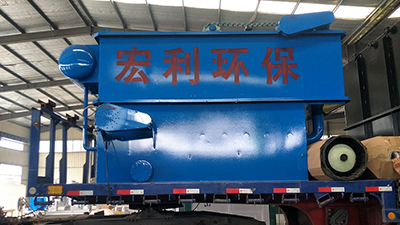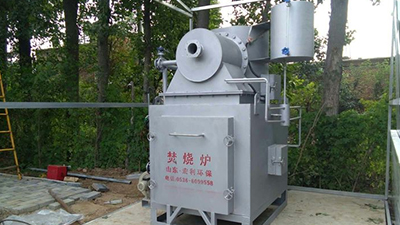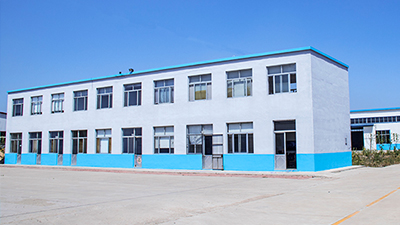


With the development of economy, the medical enterprise in China has made great progress, but there are many problems, such as the treatment of medical waste. Medical waste is potentially highly dangerous because it can transmit diseases. If not handled properly, it will cause danger to workplace staff, cleaners and the public.
In recent years, a large number of medical waste is not collected in place, storage is not standard, elimination is not timely, transfer and disposal lag, etc. In particular, medical waste in rural areas has a small output, difficult collection and transportation, high risk, high cost, and long storage time. Few medical waste can be stored for less than 48 hours, and some medical waste can even be stored for more than half a month, resulting in a high risk of disease transmission.
With the appeal and support of relevant departments, major medical waste disposal centers and towns have chosen medical waste treatment equipment that can deal with medical waste on site. Medical waste incinerators like this one can handle the vast majority of medical waste incineration. The pyrolysis and gasification process is adopted, and the incineration temperature can reach 850 degrees. The sealed furnace body and the independent design of the first and second combustion chambers ensure that the medical waste incineration process is smokeless and odorless, and the incineration is very thorough. In addition, it has the characteristics of compact structure design, less occupation area and easy operation. In addition, the cost of cost-effective, cost-effective advantages, is also one of the important reasons for its popularity.
Medical waste is different from ordinary household waste, and its treatment is much stricter than ordinary household waste. After all, there are many bacteria, viruses or infectious diseases on medical waste, which will pollute the environment if it is not properly treated. The sharp increase in the amount of medical waste is very likely to become the source of secondary transmission.